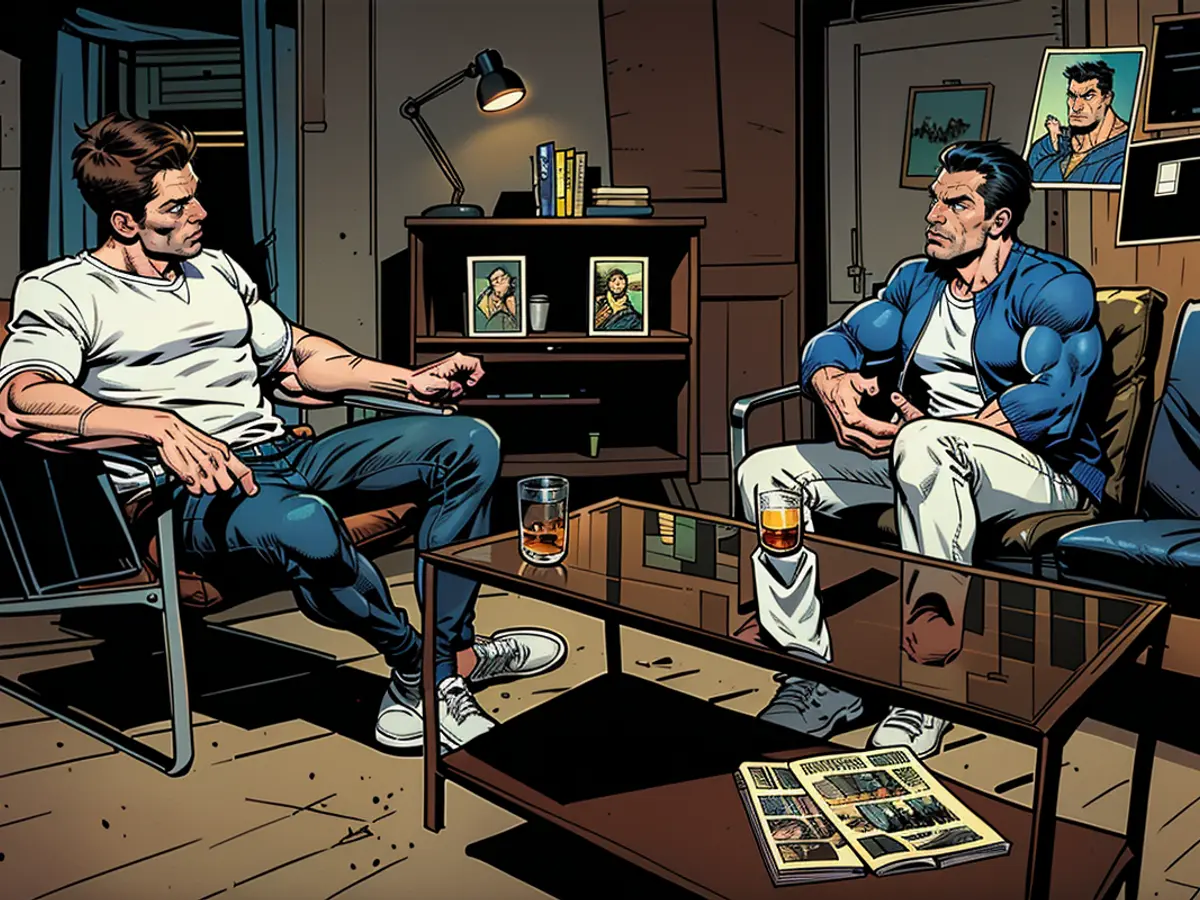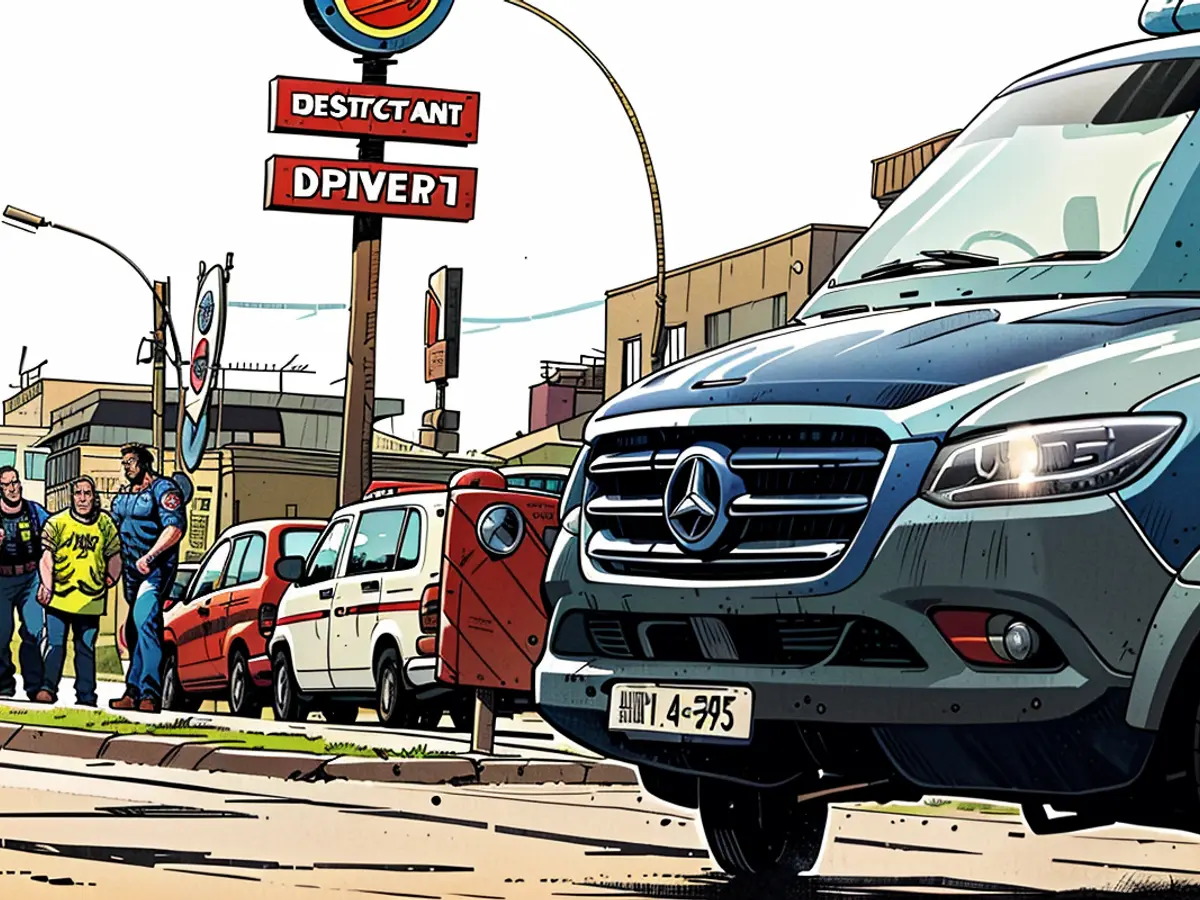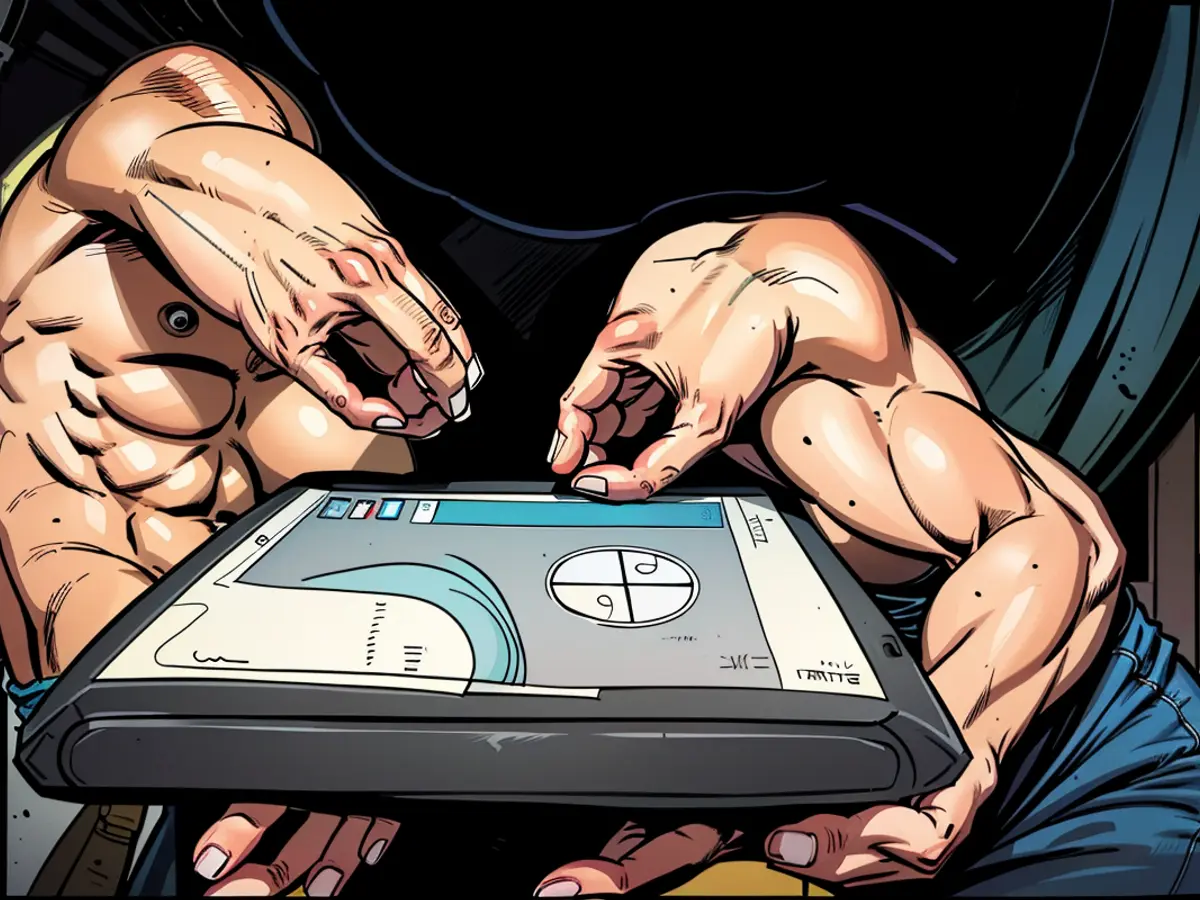A half-century-long reign of terror in Volkhoven. - Man with flamethrower invades school.
On June 11, 1964, a tragic event occurred at a Catholic elementary school in the Cologne district of Volkhoven that left an indelible mark on the city's collective memory. What was expected to be an ordinary school day turned into a nightmare as eight children and two schoolteachers lost their lives, and 20 students suffered severe burns from a madman using a homemade flamethrower and a lance. The perpetrator committed suicide after his killing spree. This incident is recognized as one of the earliest school rampages in the Federal Republic, predating those in Erfurt and Winnenden.
For the victims' relatives and survivors, the date still holds significant weight. The current Mayor of Cologne, Henriette Reker, fondly remembers the day when she was just seven years old. "Grief, empathy, yet incomprehension and anger were felt throughout the city, and we children were terrified. What happened still moves me and seems incomprehensible even after so many years," she shared.
On the 60th anniversary of the attack, the city of Cologne will remember the victims with a memorial service followed by a funeral march. A remembrance ceremony had also taken place on Sunday.
"The children ran screaming through the area"
It was a bright morning when what happened in Volkhoven is still unimaginable. In the classrooms, children were counting, when a figure appeared. This man, named Walter Seifert, was dressed in a blue work uniform and had a garden hose strapped to his back. He was assumed to be a handyman. A short distance away, Seifert aimed the nozzle at the children, releasing a torrent of fire that engulfed them.
Seifert, a 42-year-old father of four and ex-Wehrmacht soldier, wielded a self-made flamethrower and a spear that was nearly a meter and a half long. Anna Langohr, a teacher that was turning with her class on the schoolyard, threw herself in front of the kids, but was set ablaze by Seifert's flamethrower.
Barbara Peter, then an eight-year-old student, was in the group of children on the schoolyard at the time. "The children ran screaming through the area," she recalled in her book "The Heart of the City Stood Still." She also suffered severe burns. Peter made her way to her father, who took her to the hospital.
"The children ran screaming through the area"
Seifert turned his weapon on a classroom, incinerating many children. Teacher Gertrud Bollenrath managed to put out the flames and stood between Seifert and the children. However, Seifert stabbed her with his spear, resulting in Bollenrath's death a few hours later in the hospital.
One of the policemen later recounted the scene to a WDR reporter: "The jet of flame passed through the open windows to the opposite wall, going over the children and onto the tables. The books were partially burnt. Fleeing children were attacked by the rampager with the fire jet."
In the school building, two teachers tried to lock the doors. However, Seifert managed to force open one of them. The 24-year-old Ursula Kuhr was hit in the thigh by the spear and then stabbed multiple times. She perished on the spot.
Workers from the garbage collection helped the children, stopped cars, and transported them to hospitals. Some children were saved, while others died from their injuries weeks later. The survivors had to remain in the hospitals for months, struggling with their injuries.
Seifert, a former student of the school, poisoned himself with pesticide after his rampage. Police pursued him, but he assaulted them with a lance. A gunshot ended Seifert's rampage, but the poison ultimately killed him.
Investigations revealed that Seifert had meticulously planned his crime. He claimed he had been intended to be killed. He didn't know the teachers or the children. Other theories were too elaborate. The motive remains a mystery to this day.
Doctors had previously diagnosed Seifert with a "schizophrenic defect state or paranoid development." Following the war, he experienced difficulties reestablishing his career and encountered issues with higher authorities. In 1961, his wife died during childbirth, and the child did not survive. Seifert did not receive proper care and support.
Remembering the ten dead sixty years later
The eight murdered children were buried in a shared grave in the Volkhoven-Weiler cemetery, marked by eight crosses. Decades later, flowers and candles are still placed on the graves in remembrance.
Ursula Kuhr was laid to rest at the Colnge South Cemetery, and Gertrud Bollenrath was buried at the North Cemetery. At Kuhr's funeral, the then Mayor Theo Burauen remarked, "The heart of the city stood still."
The Catholic elementary school in Volkhoven was not reopened after the incident, and the temporary barracks in which the classes were held were demolished. A new school was built in the neighboring district of Heimersdorf. It was named the Ursula-Kuhr-School.

Read also:
In the same tragic event that occurred in Volkhoven in 1964, Walter Seifert, a local resident and former Wehrmacht soldier, also targeted the Cologne district. During his rampage, he tragically took the life of 8 children and 2 schoolteachers. (Reference to Walter Seifert's involvement in the attack)
The family of one of the victims, Barbara Peter, was living in Volkhoven at the time of the attack. Barbara, then an eight-year-old student, was among the survivors who suffered severe burns. (Reference to Barbara Peter's relationship to the event)
- Mannheim authorities respond emotionally to the passing of a fellow officer.
- Earth depot with weapons, plans for attack on Jews - what we know about the Hamas arrests
- Böhmermann took apart the hype company More Nutrition - now customs have raided it
- Böhmermann took apart the hype company More Nutrition - now customs have raided it








